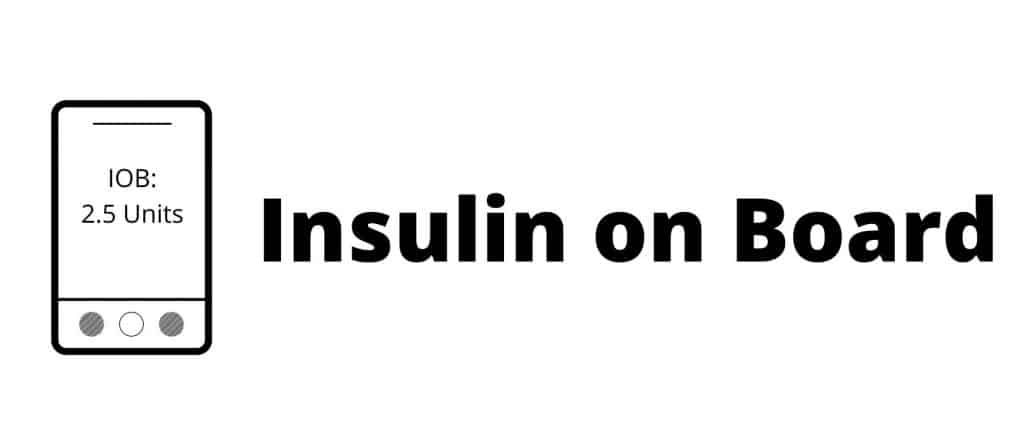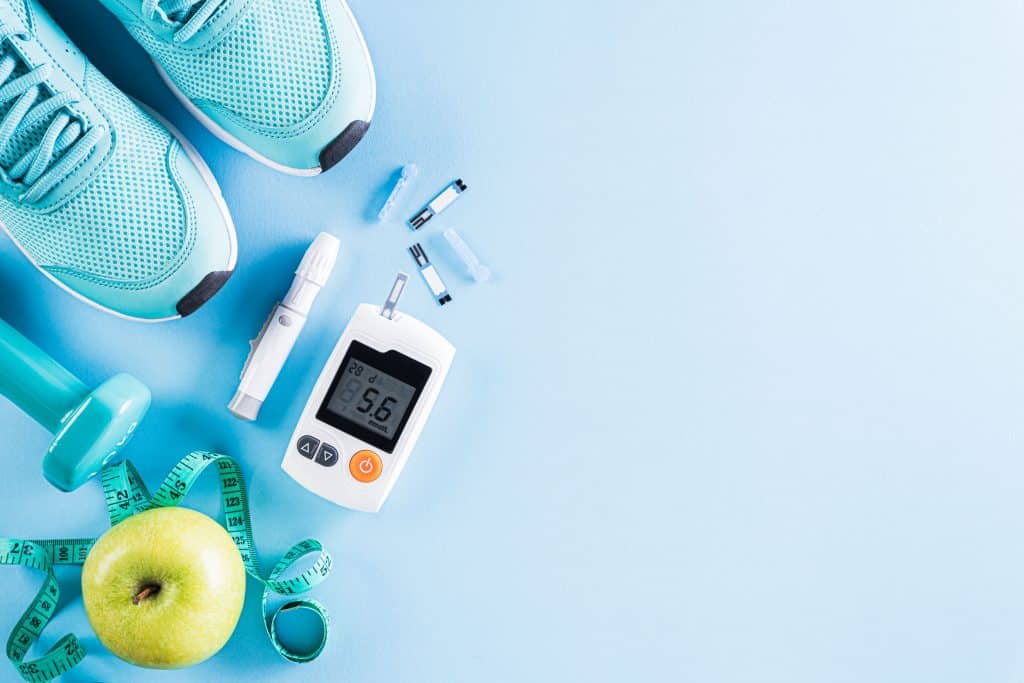What is Insulin on Board and Why Does it Matter? A Guide
Posted by Prescription Hope - See Editorial Guidelines (Last Updated On: Fri Apr 28 2023)
Have you ever given multiple injections or boluses of rapid-acting insulin to cover a high blood sugar or unplanned snack? If so, did you take into account your insulin on board? Not doing so can result in a serious problem.
In this article, we will discuss what insulin on board is and why it is so important for those with diabetes to understand. First, here is a quick summary to get you started.
What is Insulin on Board? Insulin on board (IOB), also called active insulin, is the amount of insulin that is still working in your body from a previous injection or bolus. Knowing the amount of insulin still working in your system helps you accurately dose your injections, preventing insulin stacking, which can result in severe hypoglycemia. Just about all insulin pumps and some glucometers calculate insulin on board for you.
Now that you have a basic answer let’s get into some of the details about insulin on board.
What is Insulin on Board or Active Insulin?

Insulin on board refers to the amount of insulin still working in a patient’s body from a previous bolus or injection of rapid-acting insulin. It can also be called active insulin, bolus on board, or insulin remaining.
Rapid-acting insulin typically starts working within about 15 minutes after injecting, takes about an hour to peak, and can stay in the system for a few more hours after peaking. So, if you are going to give yourself another dose of insulin just a couple hours after your first dose, then you have to take into account both your current blood sugar and insulin on board to determine how much insulin you really need. It can get a bit complicated.
That’s why just about every insulin pump on the market today includes a bolus calculator that adjusts dosages based on insulin on board.
How Does Insulin on Board Pertain to Daily Injections?
Insulin on board is most often associated with insulin pumps since it is calculated automatically. However, understanding insulin on board is still crucial for those that treat their condition with multiple daily injections.
It is normally recommended for patients not to give themselves another injection of rapid-acting insulin for a correction within 3-4 hours of the last correction dose they administered. Doing this will help patients avoid stacking insulin.
Therefore, if you are using multiple daily injections for your diabetes condition, you must keep track of the time and dose of all of your injections. That way, you have a good idea of your insulin on board, and you know how your blood sugar levels are responding to your insulin regimen.
Calculating Insulin on Board
Calculating your insulin on board will depend on the duration of insulin action (DIA). DIA starts when a bolus is administered and ends when the bolus that was given is no longer working to lower one’s blood sugar.
The duration of insulin will vary from person to person. Therefore, calculating your insulin on board should be initially done with the help of your doctor. A typical safe spot for adults is a DIA of 4-4.5 hours, and most children have a DIA of 3-3.5 hours.
I have found that the sweet spot for me personally is around 3 hours, as it provides me with correction dosages that bring my blood sugar levels back into range in an appropriate amount of time. This may be too aggressive for many patients, but I believe this is what works best for me. Individuals that are more likely to have low blood sugar should be more conservative with their DIA settings.
An accurate DIA setting in your insulin pump will result in more accurate bolus calculations based on the insulin on board. This will result in more controlled blood sugar levels with less hyperglycemia and hypoglycemia.
Again, you must check with your healthcare provider before making any adjustments to your pump settings or insulin therapy.
Why is Insulin on Board Important?

Understanding and knowing your current insulin on board is crucial for making daily decisions if you have diabetes. Ultimately, there are two questions a person with diabetes faces almost daily that make insulin on board so important. The first being, will you need more carbohydrates to prevent an imminent low with the current insulin still working? The second being, do you need more insulin to correct a high or cover a meal with the current amount of insulin on board?
Preventing a Low
Suffering from low blood sugar can be life-threatening if left untreated, and it can happen often in those with diabetes. So, comparing your blood sugar level with the amount of insulin still working can help you prevent a hypoglycemic event from occurring. This is particularly helpful for those that workout.
As someone that exercises regularly with diabetes and has experienced many hypoglycemic events during exercise, it is crucial to understand insulin on board.
Your blood sugar is more at risk of dropping during certain types of exercises. So, knowing how much insulin you have still working will help you make appropriate decisions before, during, and after exercise. For example, if your blood sugar is 100 mg/dL before exercising, but you have 3 units of insulin on board, then you may need some carbohydrates to prevent a low.
Making Corrections
Patients with diabetes often want to bring their blood sugar levels back down right away if they are having a high. Those that use a CGM often struggle with stacking their insulin during these moments because they can check their blood sugar levels continuously. They start to have an emotional response to the readings on their CGM and administer too much insulin, which can result in a severe low.
Bolus calculators that take into account insulin on board help prevent one from administering too much insulin. Therefore, understanding and using the insulin on board metric is essential for managing your diabetes condition.
Conclusion
Utilizing insulin on board will help keep your blood sugars in range and give you overall better quality of life. We hope this article has answered any questions you have regarding active insulin. For questions specific to your condition, always consult your doctor.
If you are paying more than $60.00 a month through Prescription Hope’s medication access service for your medication, then Prescription Hope may be able to save you money. We work with pharmaceutical manufacturers directly to provide patients with the medicine they need at a set, affordable cost. Enroll with us and start saving money.
ENROLL



